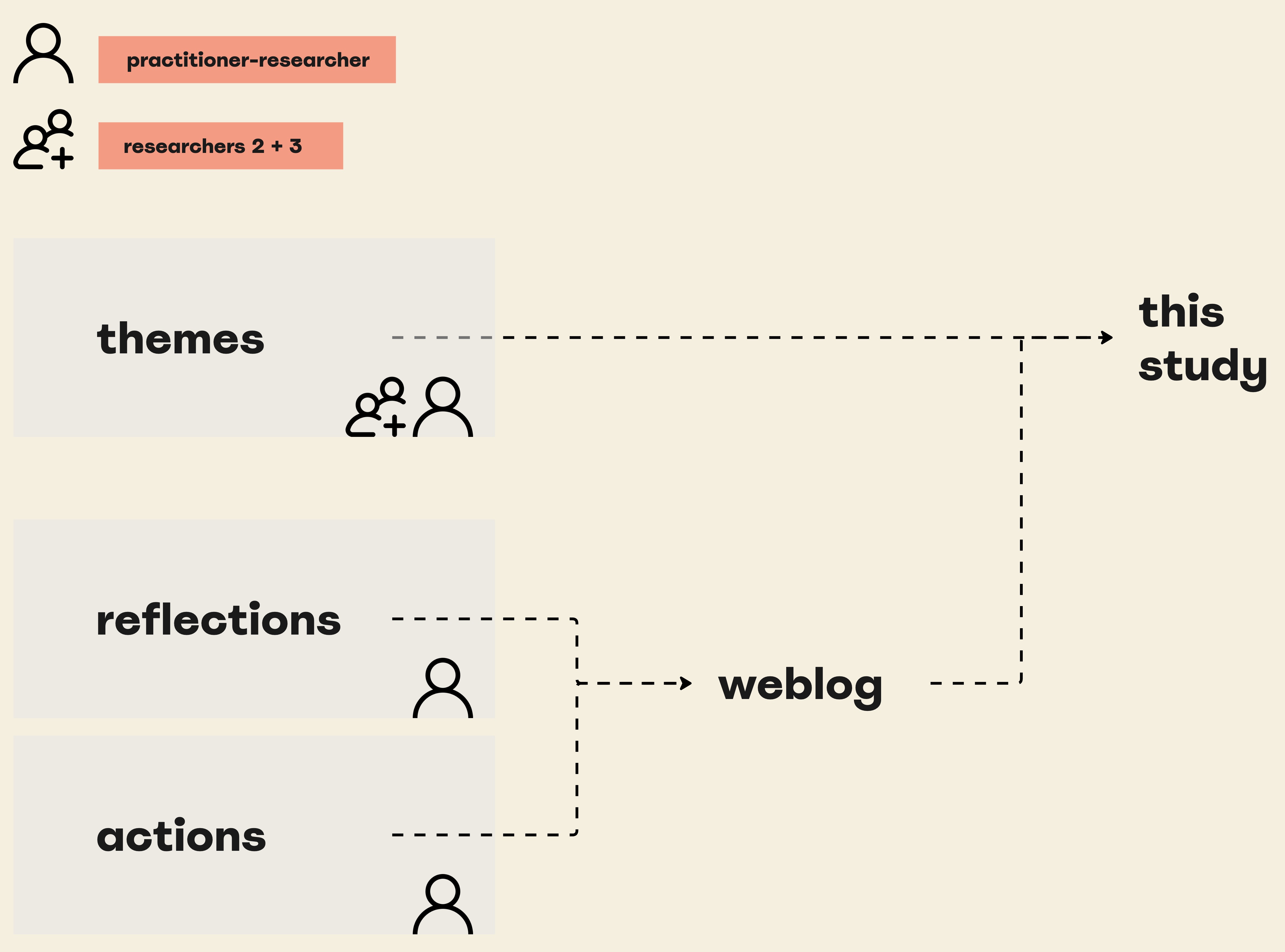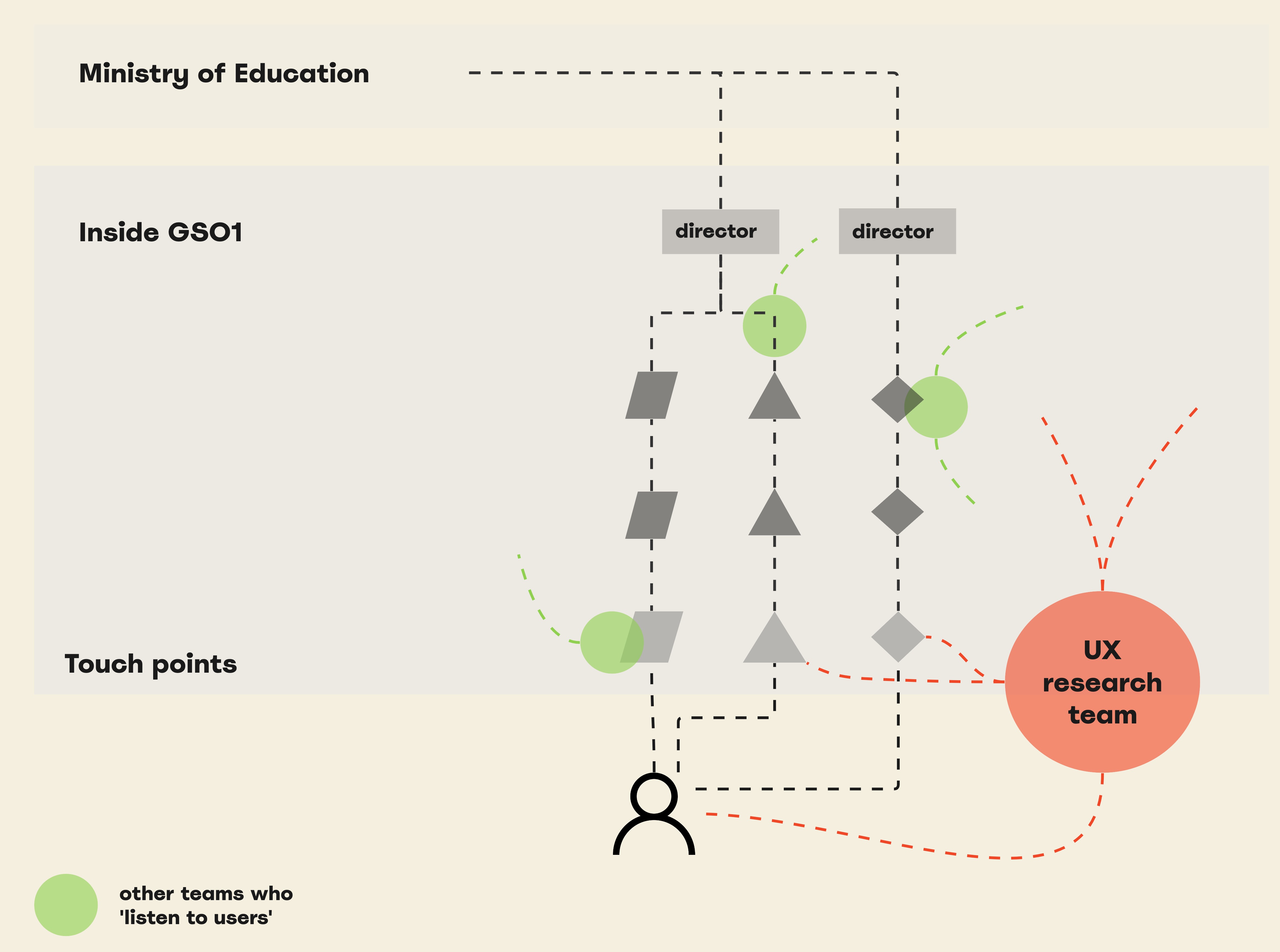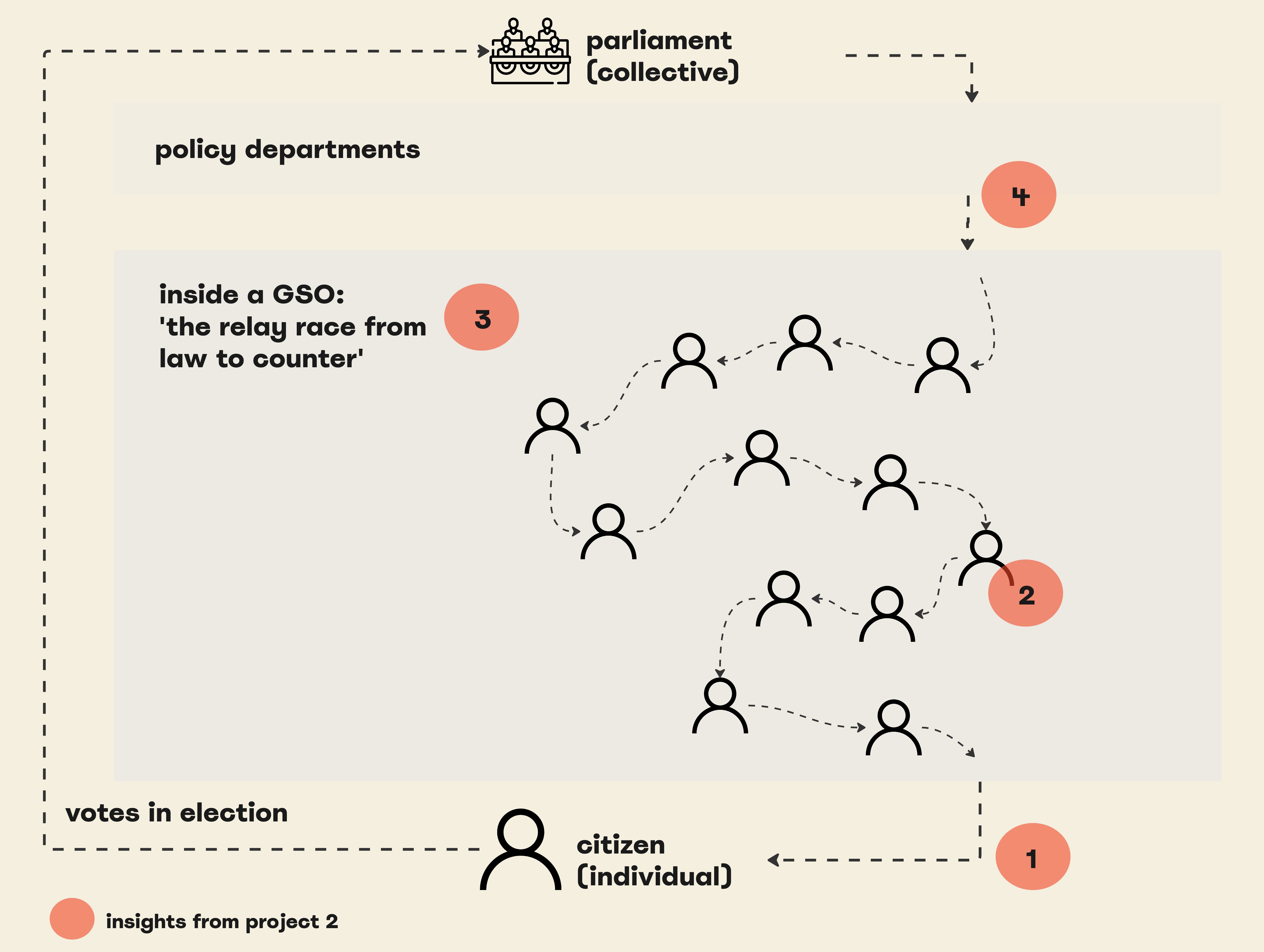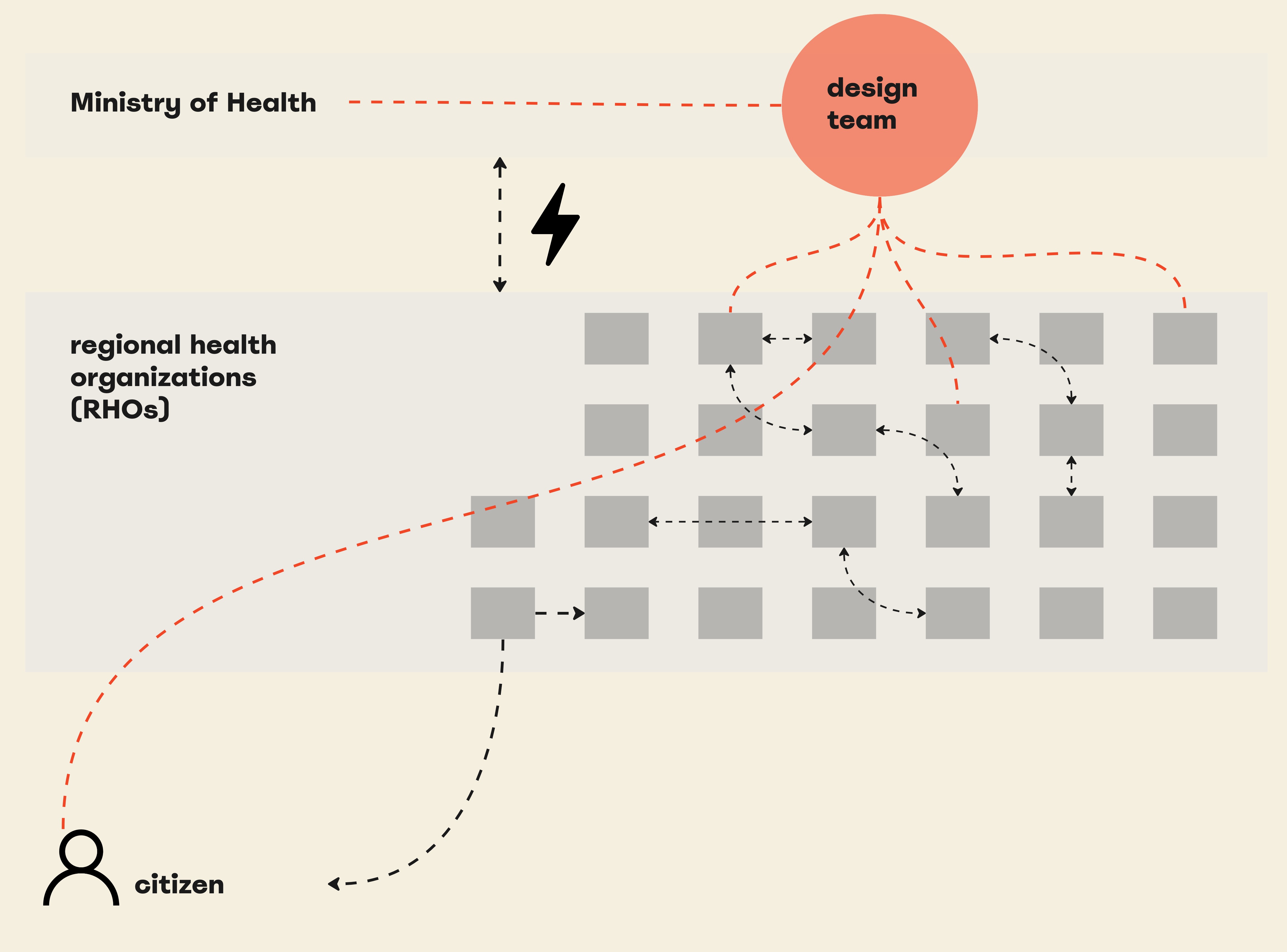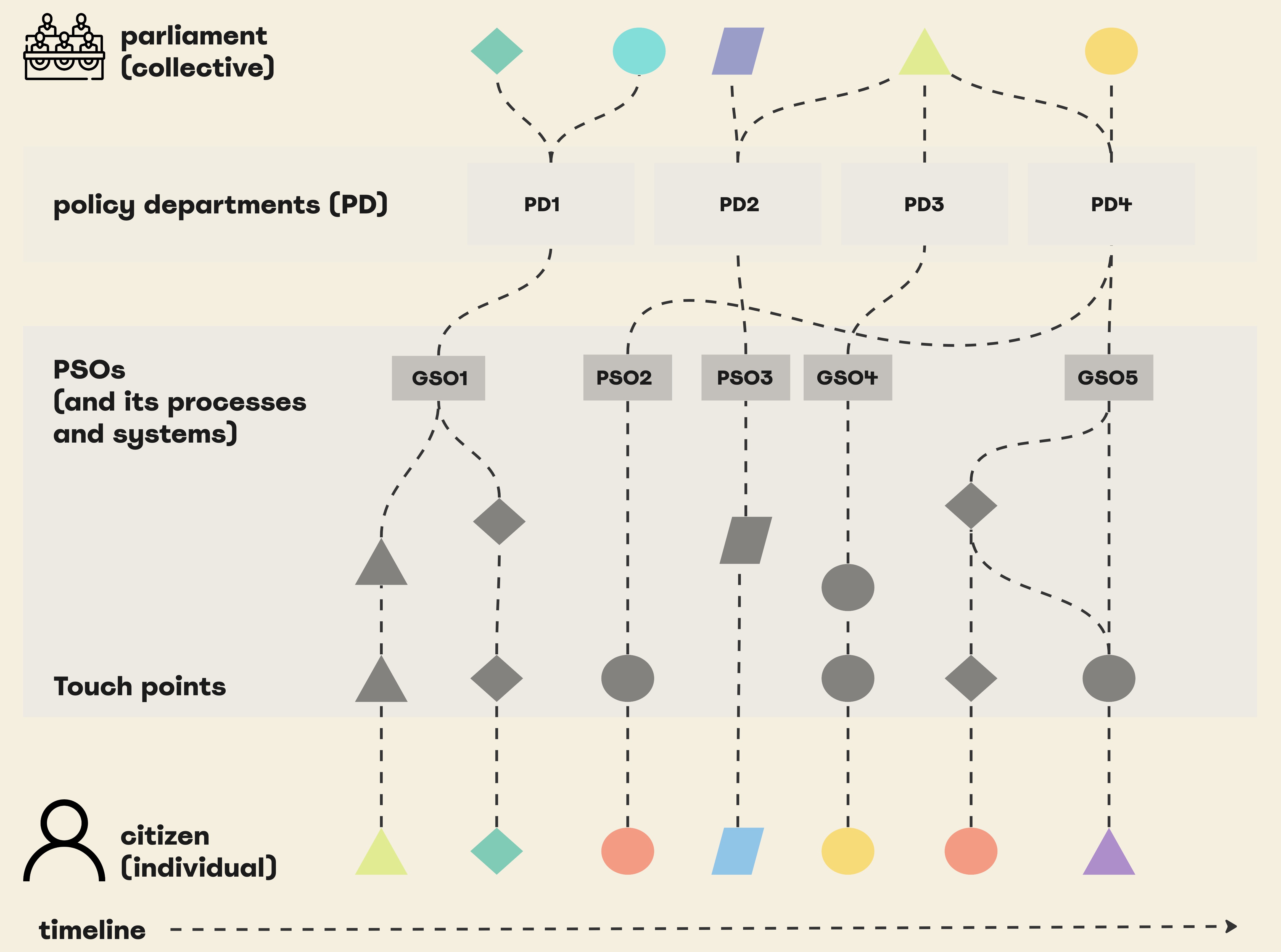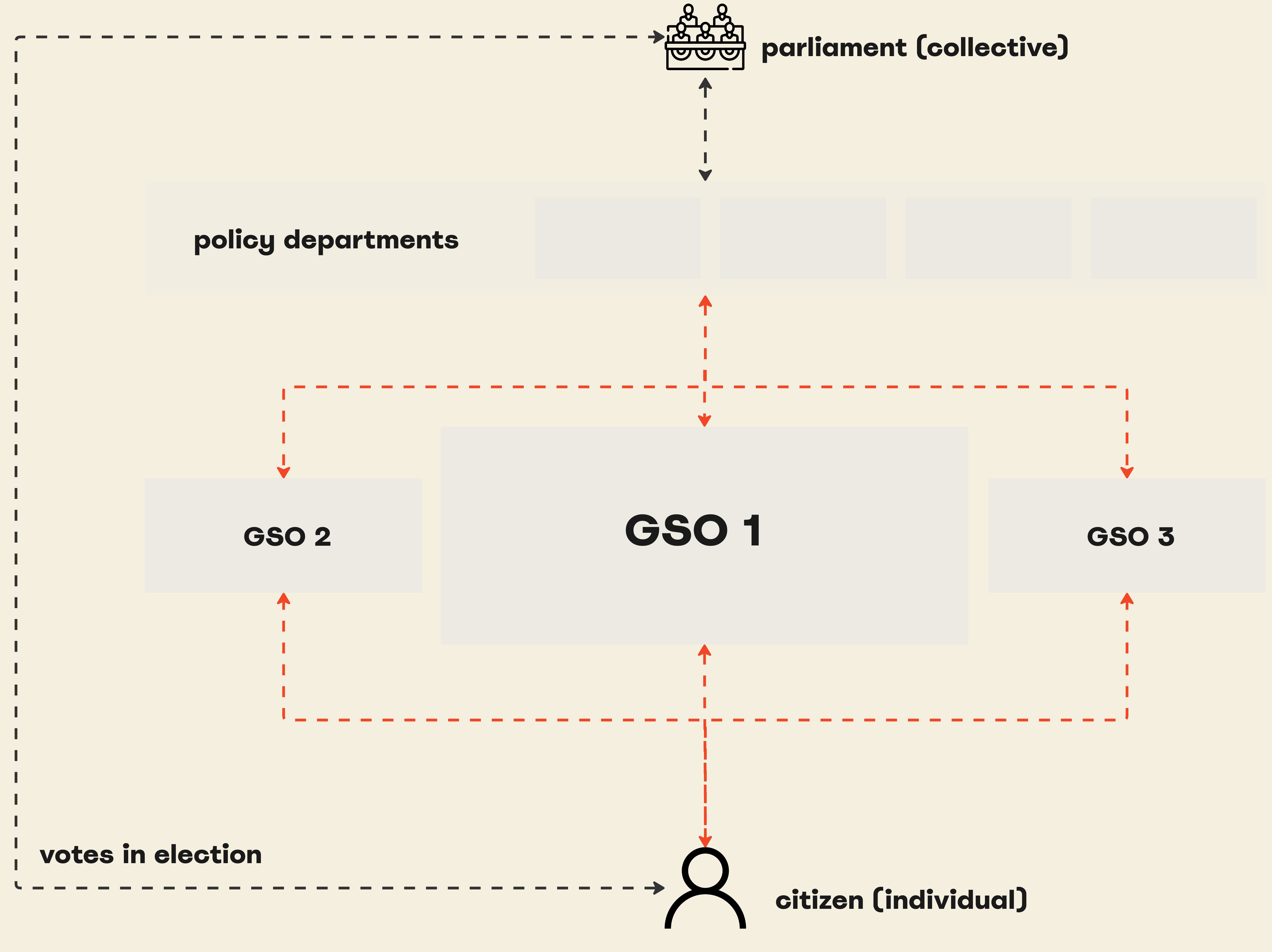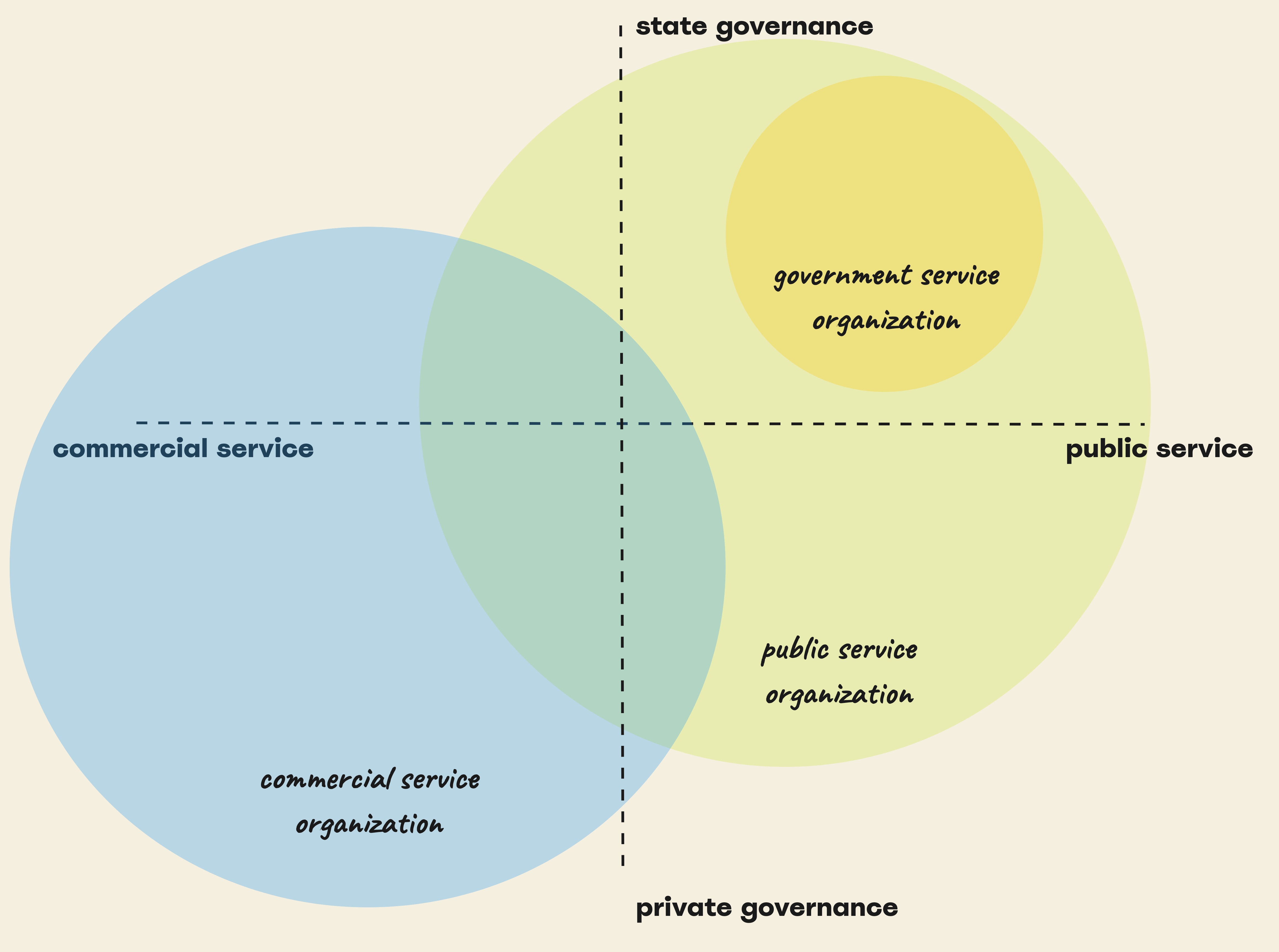A few years ago, someone close to me called “what should you do if a bailiff comes by?” I didn’t know that at the time. Only on the third page while stress-googling I came upon a link to the Ombudsman with what you can do and ask. And what to actually expect.
This week I accompanied Hans van Dijk, court bailiff at GGN Zwolle for a day and saw the other side. The CJIB arranged this for me in my neighborhood. In this blog what I experienced and learned.

I did not take pictures during the day. For this blog, I use photos of random doors from photo site Unsplash with the search prompt door AND dutch.
What the day looked like
A quarter to 9 I stood along the highway, first some coffee. What exactly are we going to do today? Hans showed a bin full of colored folders in the car. In each folder a letter or official document that we we’re going to personally drop by someone’s house. Sometimes it was an announcement and sometimes it was to seize someone’s property or salary. On top was an iPad with an app opened with more background information about the file behind the letter. For example with communication between the debtor and GGN, and whether more claims were also known.
We went driving, crisscrossing the city. Between visits, I was explained what the different types of letters mean and what Hans experiences as a judicial officer. I told about my research and we thought about how government services could be better for the people we visited.

On one of the first addresses we gave someone a huge scare. The partner was not at home. That’s what the letter was actually for. The debt was huge. “I don’t know anything about that, how is this possible?” Leaving the letter, we had contact later in the day via a call. “Come up with a good proposal on how you could pay this off. Think about it for a while.” And also, “Do you have help to deal with this?” “No, I’m actually trying to piece it back together myself.”
“We don’t talk about money in the Netherlands,” the conversation between us in the car continued. “Also the other way around, if you ask someone ‘how much do you make?’ we always say ‘not enough’ and make a joke.”
We drove down a street: “This is where I’ve passed by every house a few times.” We got out and walked to the address on the letter. A traffic fine that had now risen to 3x the amount. “For these kids, it’s normal for the bailiff to come by. They grow up with this, it’s hard to do it differently themselves then later.”
What does seizure and settling means
In a short time, I learned a new jargon. When a claim reaches the bailiff, it has already come a long way.
For example, a claim for not paying your health insurance. Suppose you skip one or more months. There can be all sorts of reasons for this. Then first the insurer will send you a reminder or demand letter. When you fall 6 months behind, a signal goes to CAK and you become a so-called “defaulter. This also moves the debt from a private insurer to the government. At CAK, your health care premium goes up. You can make an arrangement here that you pay off the debt and go back to your own health insurance company and pay the normal premium again.
If you don’t, CAK will check if your employer can pay the premium directly to them. If all that fails, they transfer the claim to the CJIB. This is the government collection agency and they will send you letters again to try to collect the debt. Up to this point, it’s all called “the amicable phase.

If CJIB is also unsuccessful, the claim goes to a court bailiff. Who first brings a letter to announce that a restraining order is coming. Two days later, the bailiff may come by with the restraining order. This is called “signifying. After 2 days of still not paying, the bailiff may seize things you don’t need.
You can still “settle” then. That involves agreeing on a way to pay. The bailiff then looks at the amount of debt and the latest repayment date. But they also look at your situation. Do you manage to repay sooner so you can get rid of it sooner? This is also in the creditor’s interest. If all that is not a tenable situation, because other claims are also coming your way, they will work with you to see what is possible. Sometimes they even advises the creditor to waive the (entire) claim.
If the bailiff is unable to reach a settlement or an agreement cannot be made, they can also seize your income from your employer. This is called “third party seizure. When multiple creditors want to do this, the bailiff who seized first takes coordination for how the money is divided between them.
These double seizures are quite complicated. In an earlier blog, I wrote about how stakeholders want to improve the existing situation and how a human-centered design approach can help with this.
For a couple of years now, the bailiff has been making a home visit for public debt first to announce the situation and engage in conversation. Sometimes you can then come to a solution immediately. If this does not happen, the process of service, injunction, seizure and third-party seizure still follows.
A train or river?
When I write it down like this, it seems like a process with a beginning and an end. A kind of train with stations where you could basically get off at any time. As long as you take action and open the door. At any time, in theory, you can pay the whole amount or through an arrangement.

As we drove from address to address, I realized it was not a train at all. Most of the addresses were repeat visits. “Last year I had to impound his car,” he said. “A few months ago I was here too, but then with the mother.” “He just paid all the debts, but this is another seizure. And I see there’s another claim coming as well, hm, that really should have gone along with this.”
For most people, debt seemed more like a river that just keeps flowing.
Someone opened the door, took the letter: “Yes, all right, I’ll give it to the mcb.” Municipal credit bank. When I met with someone who worked there in my city last week, they said: “We try to help mainly with early warning and coaching, so that people can get a grip on their situation themselves.”

The questions I take with me
What services can the government (re)design to reduce or even contain this river? Over lunch, we discussed how, on the one hand, some people have completely lost control of their finances. What do they need?
Some debts felt so meaningless to me, too. A fine with surcharges of which you could have already insured your car three times. Or being months behind in paying off your student debt when you can also use wildcards. You just have to know and be able to arrange it. How can you design for this in your services?
And on the other hand, a complete one-sided focus on individuals is also unjustified. Traffic fines are intended as an incentive for traffic safety. Paying off your student debt is an obligation to society. Paying for your health insurance makes sure we all have access to care. It seems so contradictory at times. I wrote earlier about looking both ways when it comes to government services.

A colleague at CJIB said in their interview, “It doesn’t have to be opposite. It seems like a contradiction, but it’s not. In an enforcement task, you can also be service-oriented. Someone has a right to that.”
If they are not opposites but can complement each other, what does that look like? So what kind of services do you make? Do services earlier in the process, such as an app with debt oversight, help make a dam in the river? Can the government set boundaries in a way that also helps you, the debtor, to hold on to control?
And what does your team and your organization need to do this? That is ultimately my research question. Subscribe to my newsletter to get answers to that in the near future.
Continue reading?
- I also listened in on the phone at DUO once: Good resolution, listening in on the phone.
- Why am I delving into paying off government debt? Services around this topic are the practice case for my doctoral research: Practice Case Known.
- What I’m researching and initial results: Trusting the process is not enough.


